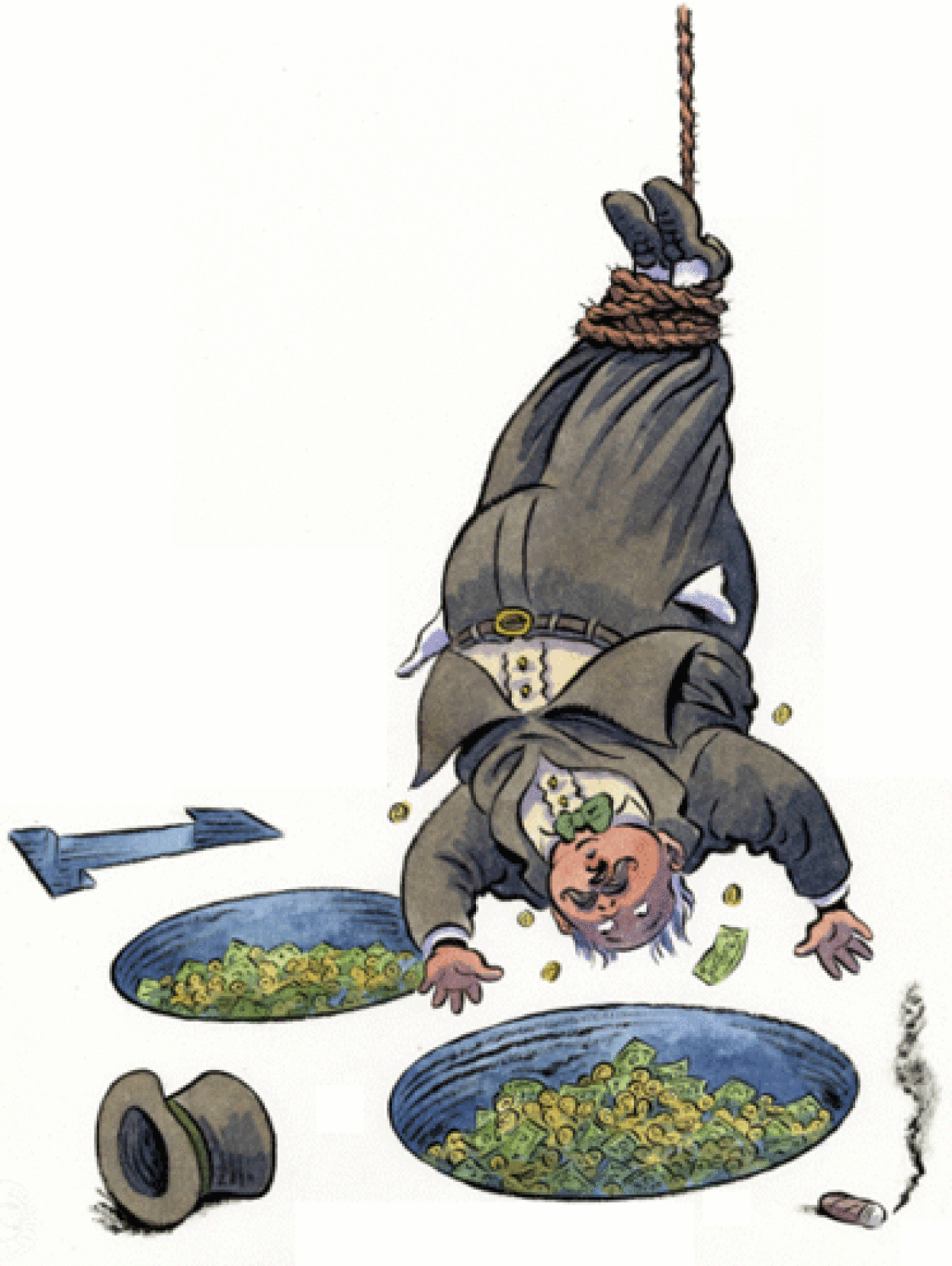The birth of the income tax

This month marks the 100th anniversary of the ratification of the 16th Amendment, which gave Congress the power to tax American incomes. Unlike the contentious congressional drama in passing the American Taxpayer Relief Act to avert going over the “fiscal cliff,” the 16th Amendment was accorded little emotion when it received a thumbs-up from both houses in 1909.
That was because most congressmen backed the amendment for the wrong reason — they firmly believed that no such taxing proposal would ever be ratified by the requisite three-fourths of the states. It was thought that wealthy Americans lobbying their state legislatures would bury it. Besides, the federal government was in good fiscal shape back then.
Sure, there were a few congressmen, such as Rep. Cordell Hull (D-Tenn.), who long championed such a tax in the interests of fairness.
Hull’s rationale for the tax has a contemporary ring: “I do believe that the wealth of the country should bear its just share of the burden of taxation and that it should not be permitted to shirk that duty. Anyone at all familiar with the legislative history of the nation must admit that the chief burdens of government have long been borne by those least able to bear them, while accumulated wealth has enjoyed the protection and other blessings of the government and thus far escaped most of its accompanying burdens.”
As Hull’s pleas began to have an effect on some Southern and Western congressmen who represented agricultural interests resentful of the growing untaxed wealth of millionaire businessmen, opponents made their strategic move. They offered not only to bring the issue to a vote but even to support it — on the unspoken grounds, of course, that the states would reject it. After all, the 30 words of the amendment were downright scary: “The Congress shall have power to lay and collect taxes on incomes, from whatever source derived, without apportionment among the several states, and without regard to any census or enumeration.”
In July 1909, the measure passed the Senate 77 to 0, the House by 318 to 14.
Opponents, however, seemed to have guessed correctly on the reluctance of the states. After six months, only one, Alabama, had ratified the amendment. A mere eight states approved it in 1910. The pace picked up in 1911, with 22 getting on the ratification bandwagon.
No matter. Opponents reasoned that the matter was dead, for no previous amendment had remained viable 2 1/2 years after congressional approval, even though only five more states were necessary to reach the required 36.
Then, surprisingly, the presidential campaign of 1912 breathed new life into the measure. All three candidates — incumbent President William Howard Taft, Democrat Woodrow Wilson and third-party challenger Theodore Roosevelt — supported the amendment. On Feb. 3, 1913, the required approval by 36 states had been achieved after a record 43 months on the ratification stump.
But the worst was yet to come. Writing a constitutional amendment was much easier than devising implementing legislation. Congress couldn’t agree on the rates and finer details, until October 1913.
And administrative provisions were slow to come. None of the three-page tax forms was available for the first tax year of reporting — 1913 — until Jan. 8, 1914. Although only a tiny fraction of the population was required to submit a return (a result of generous exemptions that exceeded the incomes of most Americans), questions barraging the Internal Revenue Service were so numerous that taxpayers had to wait for clarifying statements. By Feb. 21, the government threw up its hands, stating that no more clarifying announcements would be issued. The IRS made one concession, however. Because the filing deadline of March 1 fell on a Sunday, the deadline was extended to March 2.
A few months later, at a national tax conference in Denver, experts attacked this noble experiment with income taxes. Attendees blasted the excessive rates of taxation, with a top rate of 7% on net incomes over $500,000. Others pointed out that the law was discriminatory, taxing some incomes but not others.
All agreed that the confusion among taxpayers was due to the taxing verbiage of the 27-page law. In the words of one tax expert, A. C. Rearick of New York: “Its complexity is its distinguishing characteristic. To begin with, the language in which the act is couched is involved and its rhetoric bewildering. It contains sentences hundreds of words in length, in which clauses are added to clauses and provisos heaped upon provisos. Its terminology is confusing. Identical passages are variously referred to as paragraphs, sub-sections and sections.”
To be sure, Rearick had a better idea. It was called — get this — “Simplification of the Federal Income Tax.”
Thomas V. DiBacco is a historian and professor emeritus at American University in Washington.
More to Read
A cure for the common opinion
Get thought-provoking perspectives with our weekly newsletter.
You may occasionally receive promotional content from the Los Angeles Times.










